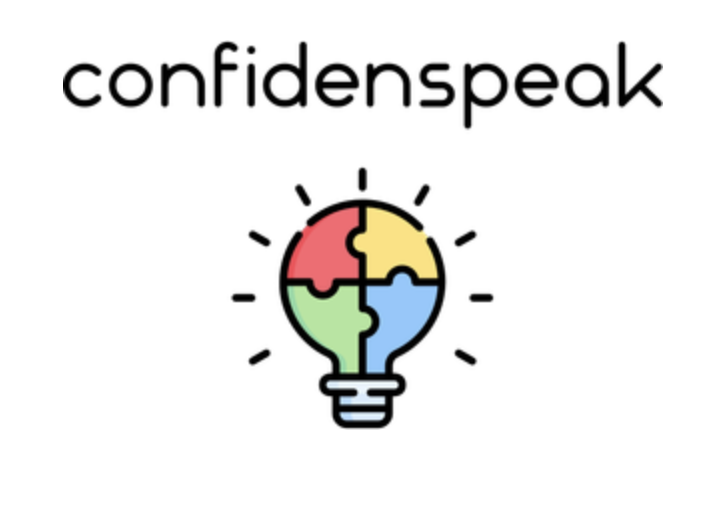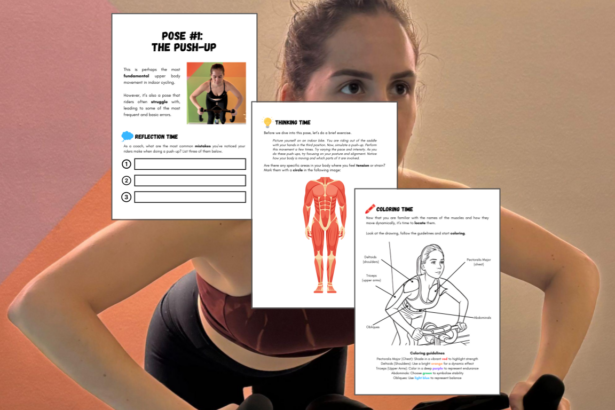Confidenspeak is an app designed for adult learners, with its aim to enhance their confidence in spoken English and advancing their overall English communication skills. This app has tailored curriculum based on individual proficiency levels, ensuring that learners progress at a pace that suits their needs, as well as customized modules that focus on real-life scenarios, allowing users to apply their skills in practical, everyday situations.
Design Background
When I was coming up with the project ideas, I was thinking about – what were some learning needs that I would like to see in my life? I think a good design, regardless of its form, should come from a designer who is a part of that community or understands where the problem comes from. When my family first moved to the United States, my parents and I have experienced a lot of discrimination against our culture, the languages that we speak, and assumptions and stereotypes that are associated with our background. My parents are fluent in English but often receive criticism on the way they speak it. When I was younger, people used to make fun of my dad’s accent and the way my mom pronounce certain words. That really affected their confidence and the way they communicate themselves in public. Reflecting on the topic of “What is learning design?”, I think learning design is all about crafting educational experiences that cater to unique learning needs. In my case, it means focusing on the specific challenges immigrant parents face in speaking English fluently, despite their proficiency in reading and writing. It’s about tailoring the learning process to meet their exact needs. By putting these immigrant parents at the center of this project, I hope to provide a meaningful and relevant learning experience. I am hoping to make this learning app an interactive and personalized app. I believe adaptation is the key. This app aims to assist users in improving their pronunciation and comprehension of spoken English. Through features that adapt to individual proficiency levels and track progress, I hope my design can offer a personalized learning journey.
Design Challenges
My first design relies heavily on gamification of learning. I followed Duolingo and had a similar structure of ranking XP system. But during my small group discussion within my TF group, they pointed out that having a ranking system might discourage people to learn, because who would like to be at the bottom of every chart? This made me think more about how to engage adult learners since the way they learn, their daily schedule, and their motivation are all different from school-age students. So in my second design, I changed the ranking system to a checking chart. Similar to the streaks in Duolingo and Snapchat, I wish users can use the app and learn everyday so it can become a habit for them. I also changed the “competition against each user” to “competition against myself”, users are no longer competing against each other on a leaderboard, instead, they are trying to keep the streak and a monthly challenge form themselves. Such as – did you practice more than 5 settings? Or did you score above 90 for ten lessons? I also thought about social dominance, such as if it is necessary for immigrant users to have an American accent. While I think it is not necessary, and I never intended to design this app so that people who have non-native accents can assimilate to the American accent, I see it in a way to boost confidence for those people who were shy about speaking up in public because they had an accent. Because I have seen this from my parents, and if it helps for them to have an American accent to be able to communicate confidently with others, then my app has its purpose.
Design Walk Through



